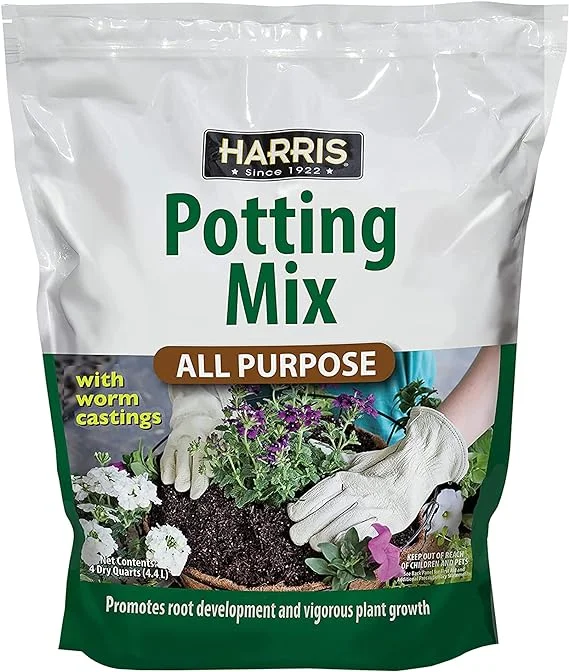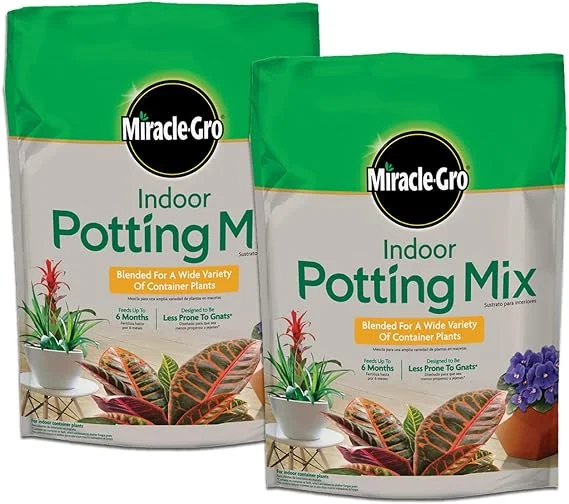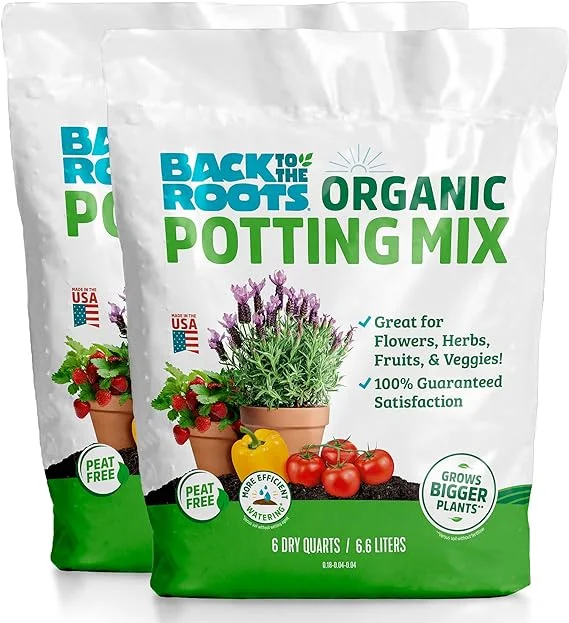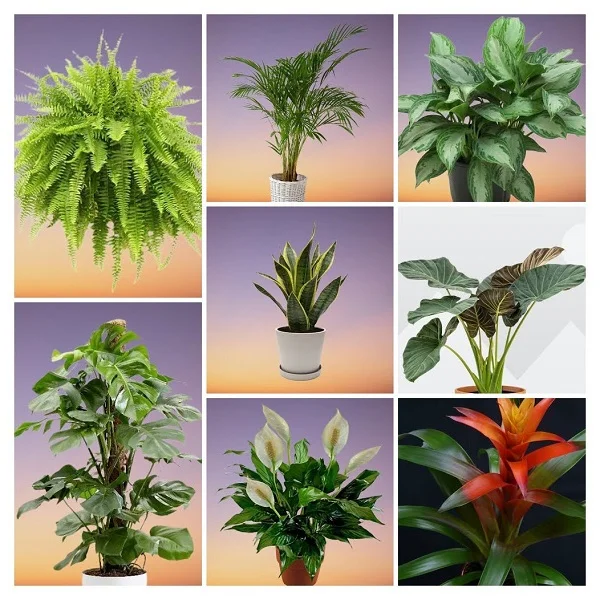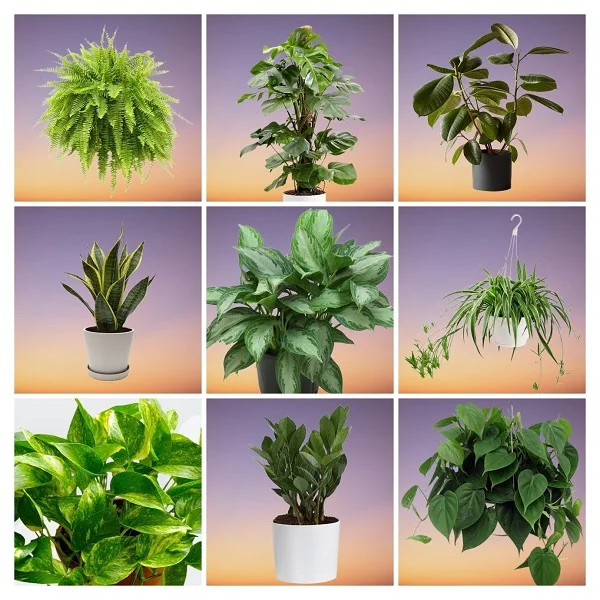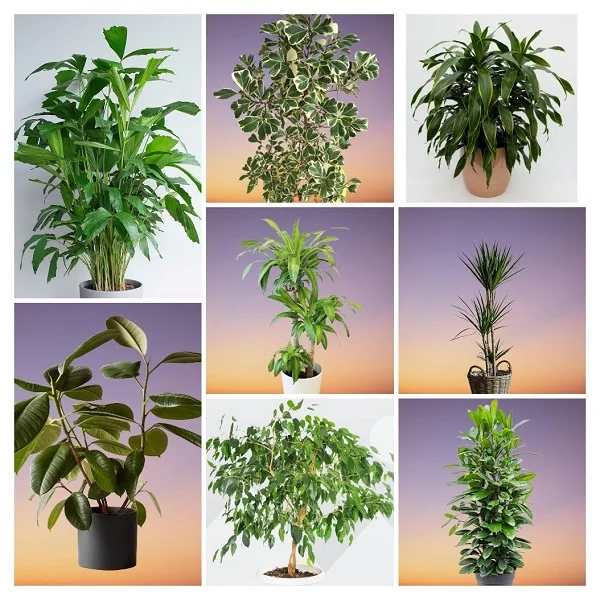Reed Palm Indoor Care: The Ultimate Guide to Growing Chamaedorea Seifrizii Indoors
Some links in this post may be affiliate links
Reed Palm (Chamaoderea seifrizii) prospers in bright indirect light (partial shade), average warmth and humidity and moderately moist, rich, well-drained, all purpose soil coupled with monthly feeding in the growing season.
Chamaedorea seifrizii also called Clustered-parlour-palm or Cane Palm is among the popular palms on account of its high tolerance to shade and large size making it a great focal plant.
Chamaedorea seifrizii belongs to a group of palms called cane palms which produce tall reed-like stems which look like bamboo canes when mature.
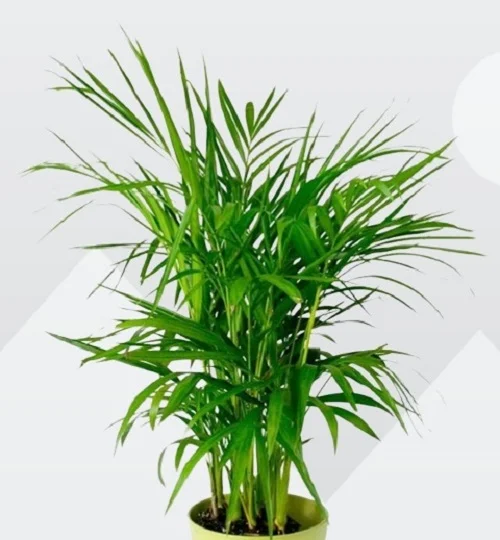
Botanical name: Chamaedorea seifrizii
Family: Arecaceae
Sufamily: Arecoideae
Common names: Reed Palm, Clustered-parlour-palm, Cane Palm
Origin
Chamaedorea seifrizii is native to Mexico and Central America, where it grows in forests and in mesic soils over limestone.
Size
Reed Palm is a 6-10 feet tall plant with densely clumping cane-like stems and feathery fronds which places it among the best low-light tree-like plants for indoors. However, it grows slowly and may take a few years to reach the average height of 6 feet.
Flowers
Reed Palm also produces flowers followed by bright-orange fruits apart from the beautiful foliage. These fruits contain oxalic acid which can irritate skin; wear gloves when handling.
Toxicity
The foliage of Reed Palm is non-toxic to both humans and pets as indicated by ASPCA. However, the fruits (berries) are highly poisonous to both humans and pets. It is important to prevent flowering by removing the flower stalks when they begin to form. The fruits contain oxalic acid which can irritate sensitive skin; always wear gloves when handling.
Related Plants
Chamaedorea seifrizii is related to Chamaedorea elegans (Parlour Palm) and Chamaedorea erumpens (Bamboo Palm).
Where to Buy
Reed Palm is an excellent addition to your plant collection to elevate your home value. You may acquire these palms from Etsy (Link to Etsy).
Reed Palm Indoor Care Guide
In this comprehensive guide, we will cover light, watering, humidity, soil, fertilization, common problems, and care tips to help you grow a healthy and vibrant Reed Palm indoors.
Reed Palm (Chamaoderea seifrizii) flourishes in bright indirect light (dappled light), average warmth of 15-270C, humidity of 50-55% and moderately moist, rich, well-drained, all purpose soil coupled with monthly feeding during the growing season.
Chamaedorea seifrizii repotting is done at the beginning of the growing season only when the palm has become pot-bound. Pruning is needed to keep the palm neat as well as reduce pests and diseases. Keep reading for more on these growing conditions and how to provide them.
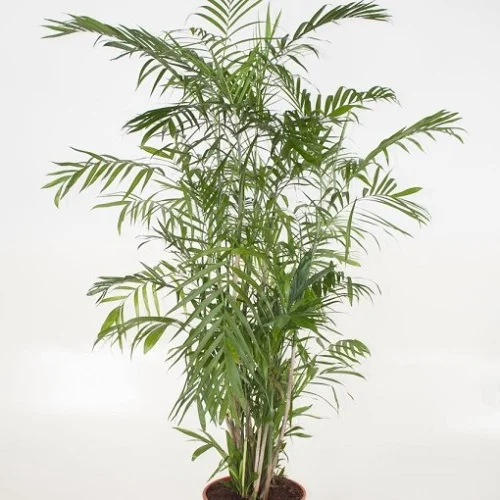
Watering
Water your Reed Palm liberally during the growing season while allowing the top 2-3 inches of soil to dry out between waterings to keep the soil moderately moist.
Reduce watering in the cold season to keep the soil slightly moist as growth is reduced at this time. However do not allow the soil to dry out completely as it can result in brown, crispy leaf tips and drooping leaves.
Use chlorine-free water to water Chamaedorea seifrizii; like all palms, is sensitive to chlorine and other chemicals dissolved in water which cause brown leaf tips.
Avoid getting the base of the palm wet to prevent rotting. Do not allow the palm to sit in soggy soil as it can lead to yellowing of the fronds and root-rot.
Light Requirements
Reed Palm grows best in bright indirect light (partial shade). Protect it from too bright light as it can cause yellowing of leaves and scorching of the fronds.
Though Chamaedorea seifrizii can adapt to lower light, should you note that it is less vibrant and growth is deteriorating, move it to a brighter spot or consider investing in a grow light. Too little light for a long period of time may cause the palm to die.
Rotate the pot regularly to ensure that the palm receives adequate light on all sides for even growth and avoid unbalanced growth.
Temperature and Humidity
Reed Palm requires an average warmth of 15-270C to thrive. Keep it away from cold drafts as it hates cold temperatures which can cause brown leaf tips and brown leaf spots.
Chamaedorea seifrizii has no need for extra humidity, moderate humidity of 50-55%. However, it benefits from occasional misting of the leaves during hot weather.
Potting Mix
The best potting medium for Reed Palm should be a well-draining, nutrient-rich soil mix to prevent it from getting soggy while providing the required nutrients. Avoid heavy potting soils that retain too much water, as they can lead to root rot. Most all purpose potting mixes are ideal for this palm.
Feeding
Feed your Chamaedorea seifrizii monthly during the growing period with a balanced, liquid fertilizer to encourage lush growth. Reduce or stop feeding in the cold season as growth is reduced at this time and feeding at this time as it can lead to fertilizer burn and eventual death of the palm.
Brown leaf tips and a white crust on the soil surface are an indication of accumulated salts in the soil. Every 1-2 months, flush out accumulated salts from the soil. Do this by running a stream of water through the soil until it comes out through the drainage holes. Let the stream run for several minutes and repeat several times.
Repotting
Repot your Reed Palm at the beginning of the growing season (spring and early summer), only when it has become pot-bound. Repotting every 2-3 years should be adequate as it is a slow grower and also does not like root disturbance.
Choose a pot only 1-2 sizes larger than the current one. Avoid using an oversized pot, as it can hold excess moisture and cause root rot. Make sure that the pot has a drainage hole to prevent the soil from getting soggy to avoid root-rot. Check out these pots with drainage hole on Amazon.
Pruning and Grooming
Pruning Reed Palm is easy. Cut away the old brown and dry fronds at the base (near the soil surface) with sterilized scissors. This is important to maintain the plant tidy as well as minimize pest and disease infestation.
If the seeds are required for propagation, allow the fruits to mature and drop then cut away the spent flower stalk. Where the seeds are not required, cut away the flower stalk immediately to prevent the palm from wasting energy on developing the flowers and seeds.
Occasionally clean the mature leaves by damp-wiping with a soft cloth to get rid of dust and discourage pest infestations as well as improve photosynthesis.
Regularly check underneath and between the leaves for pests like spider mites, scale insects, mealybugs and carry out timely control measures.
Propagation
Chamaedorea seifrizii (Reed Palms) are propagated through division, offshoots (pups), or seeds. The best time to propagate is during the growing season (spring and summer), when the plant is actively growing, to hasten establishment.
Read more on how to propagate Reed Palm (Chamaedorea seifrizii).
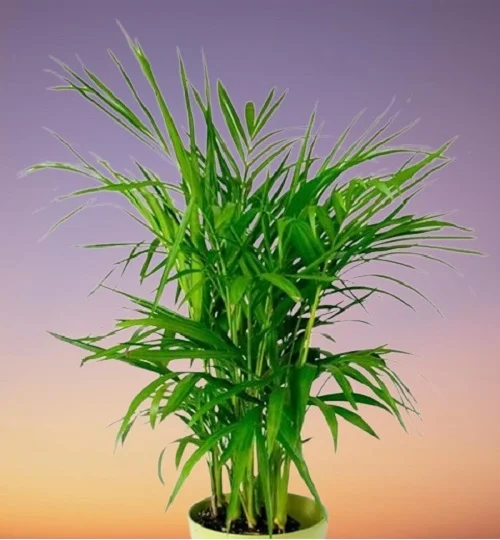
Reed Palm Common Problems
Reed Palm (Chamaedorea seifrizii) growing problems include brown leaf tips, yellowing, brown leaves, leaf spots, diseases and pests among others. Keep reading for more on these problems and how to fix them.
Brown leaf tips
There are four possible reasons for brown leaf tips in Reed Palm. Trim off the brown tips with sterilized scissors. Dry air is one cause of brown leaf tips. To up scale humidity, set the pot on a wet pebble tray or grow the palm in a well-lit bathroom and other moist areas in the home.
The second reason for brown leaf tips in Chamaedorea seifrizii is underwatering. Water liberally during the growing season while allowing the top 2-3 inches of soil to dry out between waterings to keep the soil moderately moist. Decrease watering in the cold season to keep the soil moderately moist but do not let the soil dry out completely. Learn more on how to water indoor plants the right way.
The third reason for brown leaf tips in Reed Palm is exposure to cold drafts. Protect or keep it away from cold drafts coming from air conditioning units, drafty windows, windy doors and others to maintain an average warmth of 15-270C. Check out this guide on understanding temperature for houseplants.
The fourth reason for brown leaf tips in Chamaedorea seifrizii is damage by touching. Keep it away from the line of traffic.
Yellow leaves
Underwatering and overwatering are some of the causes of yellow leaves in Reed Palm. Keep the soil moderately moist at all times during the growing season but not soggy. Lessen watering in the cold period but do not allow the soil to dry out completely.
Pests
Common pests in Chamaedorea seifrizii are spider mites, scales and mealybugs. Regularly check underneath the leaves for these pests. Isolate the affected palm to prevent spread to other plants and treat it with insecticidal soap or neem oil. Make sure to follow the manufacturer's instructions.
Brown leaves
The lower leaves in Reed Palm may turn brown and droop due to age; remove by cutting and not pulling. However, if browning is general and accompanied by rotting, the reason is root-rot which is promoted by soggy soil.
Brown leaf spots
Brown leaf spots in Reed Palm may be due to two reasons. Cut away the affected parts and discard. One reason for brown leaf spots is overwatering. Keep the soil moderately moist during the growing season but not soggy. Water less during the cold season to keep the soil slightly moist as growth is minimal at this time.
The second reason for brown leaf spots in Chamaedorea seifrizii is sudden decrease in temperature due to cold drafts. Keep it away from cold drafts to maintain an average warmth of 15-270C with a minimum of 120C.
Related: Bamboo Palm Common Problems and How to Fix Them
Conclusion
Reed Palm is a low-maintenance, air-purifying houseplant that adds a tropical touch to any indoor space. By providing indirect light, moderate watering, proper humidity, and occasional feeding, your Reed Palm will thrive for years to come.
Frequently Asked Questions
1. How often should I water my Reed Palm?
Always feel the moisture content of the top 2-3 inches of the soil with your fingers before watering. If it feels dry water but if it feels wet do not water. Do not water on a schedule to avoid overwatering or underwatering.
2. Can Reed Palm grow in low light?
Yes, Reed Palms tolerate low light, but they prefer bright indirect light to thrive.
3. Why is my Reed Palm turning yellow?
The main reason for yellow leaves is overwatering or poor drainage. Let the soil dry slightly and ensure that the pot has drainage holes.
4. Is Reed Palm safe for pets?
Yes. Reed Palm is non-toxic to cats and dogs, making it a pet-friendly houseplant.
5. Can I propagate Reed Palm from cuttings?
No, Reed Palms cannot be propagated from cuttings. Instead, propagate them by plant division, offshoots or seeds germination.
6. How do I increase humidity for my Reed Palm?
You may group the plants together, set the pot on a wet pebble tray or use a cool mist humidifier to increase humidity.
You liked it? Share on social media.
Related Content
Amazon Associates Disclosure
Homeplantsguide.com is a participant in the Amazon Services LLC Associates Program, an affiliate advertising program designed to provide a means for sites to earn advertising fees by advertising and linking to amazon.com.
